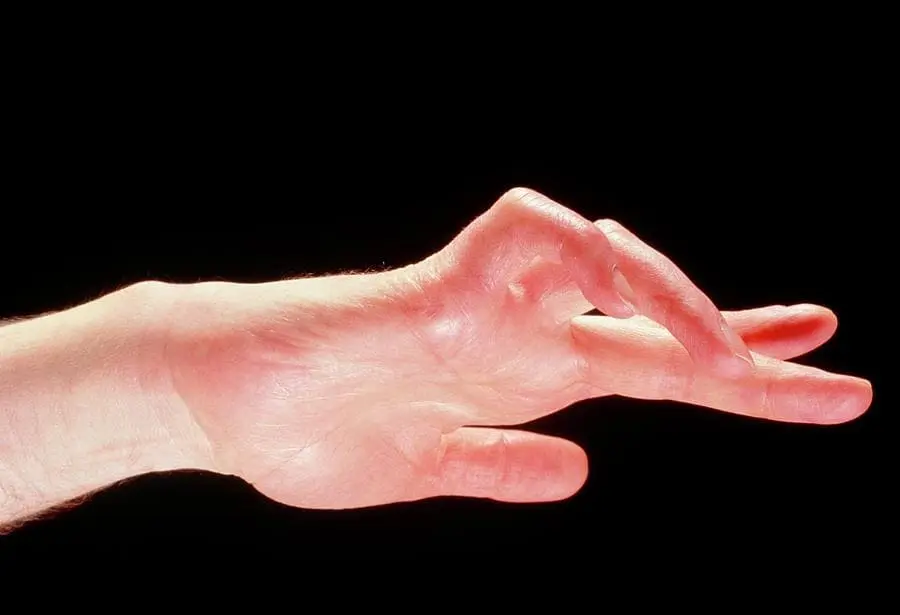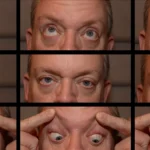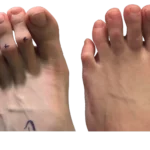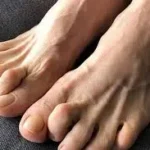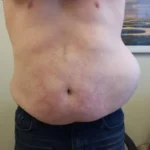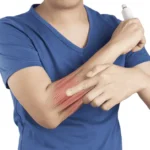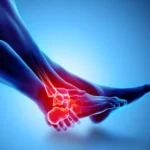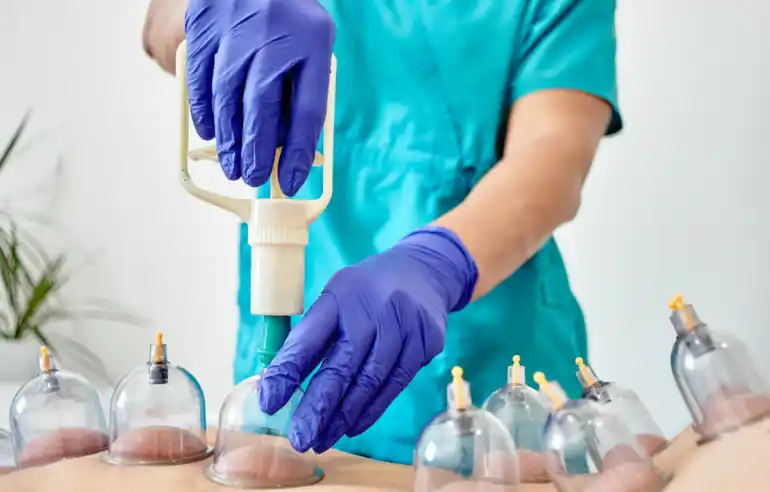Overview
Claw hand is a structural deformity of the hand that results in an abnormal resting position of the fingers. In this condition, the metacarpophalangeal (MCP) joints become hyperextended, while the interphalangeal (IP) joints remain flexed, causing the fingers to assume a claw-like appearance. This posture is not merely cosmetic, it reflects an underlying muscular imbalance caused by nerve injury or dysfunction. Most commonly, claw hand develops due to damage to the ulnar nerve, which supplies many of the small intrinsic muscles of the hand responsible for fine movements and coordination. In certain cases, however, the median nerve may also be affected, leading to a more extensive deformity that involves multiple fingers.
The imbalance between the intrinsic muscles (such as the lumbricals and interossei) and the extrinsic muscles (which originate in the forearm) leads to loss of control over finger flexion and extension. As a result, individuals with claw hand often struggle with essential tasks that require dexterity, like holding a pen, grasping small objects, or performing delicate hand movements. Over time, this not only limits hand functionality but can also contribute to muscle wasting, joint stiffness, and discomfort.
At DMPhysios, a renowned physiotherapy clinic located in Noida that specializes in spine and sports conditions, the focus of treatment for claw hand extends far beyond just symptom management. The clinic’s philosophy centers around patient-centered rehabilitation, where each treatment plan is uniquely designed based on the individual’s nerve involvement, degree of deformity, and functional limitations.
The expert physiotherapists at DMPhysios employ an evidence-based approach that integrates manual therapy, neuromuscular re-education, splinting, and progressive strengthening exercises to help restore balance between weakened and overactive muscles. Their rehabilitation programs also emphasize improving joint mobility, nerve health, and functional hand control. In addition, patients are educated on preventive techniques, ergonomics, and lifestyle modifications to minimize recurrence and support long-term recovery.
With a comprehensive and compassionate care model, DMPhysios ensures that individuals affected by claw hand regain not only their strength and range of motion but also their confidence and independence in daily life.
Symptoms
The clinical presentation of claw hand can vary depending on the severity and underlying cause. Common symptoms include:
- Finger Deformity:
The ring and little fingers are most commonly affected, curling inward at rest, giving a characteristic “claw-like” shape. - Muscle Wasting:
There may be visible atrophy of the small muscles of the hand, particularly in the hypothenar region and between the metacarpal bones. - Weak Grip and Pinch Strength:
Difficulty gripping objects, performing fine motor tasks, or maintaining a strong grasp due to muscle weakness. - Numbness or Tingling:
Sensory loss along the ulnar side of the hand, especially the ring and little fingers, is a typical sign. - Pain or Discomfort:
Some individuals may experience pain along the course of the ulnar nerve, especially near the elbow (cubital tunnel) or wrist (Guyon’s canal). - Difficulty with Hand Coordination:
Tasks like buttoning clothes, writing, or typing become challenging due to impaired motor control.
At DMPhysios in Noida, therapists assess not only these physical symptoms but also how claw hand affects a patient’s daily activities and quality of life, forming the foundation of an individualized treatment plan.
Types of Claw Hand
Claw hand can be categorized based on the nerves involved and the extent of deformity:
- Ulnar Claw Hand:
Caused by damage to the ulnar nerve, typically affecting the ring and little fingers. The intrinsic muscles supplied by the ulnar nerve (interossei and lumbricals to the fourth and fifth fingers) are paralyzed, leading to imbalance and flexion deformities. - Median Claw Hand:
Involves injury to the median nerve, particularly seen in lesions around the wrist. The deformity affects the index and middle fingers. - True Claw Hand:
Occurs when both the ulnar and median nerves are affected, leading to a deformity involving all four fingers. - Congenital Claw Hand:
A rare condition present from birth, due to developmental anomalies in muscles or tendons.
Causes
Several conditions and injuries can lead to claw hand. Understanding the cause is essential for appropriate treatment. The most common causes include:
- Nerve Injuries:
- Ulnar nerve palsy (most common cause).
- Median nerve lesions in severe trauma cases.
- Brachial plexus injuries from trauma or surgery.
- Traumatic Causes:
- Direct injury or laceration of the ulnar nerve at the elbow or wrist.
- Fractures or dislocations compressing the nerve pathways.
- Systemic Diseases:
- Leprosy (Hansen’s disease) leading to nerve damage.
- Diabetes mellitus, causing peripheral neuropathy.
- Rheumatoid arthritis, leading to joint deformities and nerve compression.
- Post-surgical Complications:
- Following procedures around the elbow, wrist, or forearm where nerve injury occurs accidentally.
- Compression Syndromes:
- Entrapment of the ulnar nerve in the cubital tunnel or Guyon’s canal.
Risk Factors
Certain factors increase the likelihood of developing claw hand, including:
- Repetitive elbow flexion or prolonged leaning on elbows (common in office workers).
- Poor ergonomics during computer work.
- Diabetes and other neuropathic conditions.
- Inadequate recovery after upper limb fractures or surgeries.
- Infections affecting peripheral nerves (like leprosy).
- Long-term pressure on the ulnar nerve from casts or braces.
At DMPhysios, risk assessment is a vital part of early intervention programs. By identifying nerve compression risk factors and improper postures, physiotherapists help prevent progression or recurrence of claw hand symptoms.
Treatment
Treatment for claw hand depends on the underlying cause, severity, and duration of symptoms. The management may involve both medical and surgical approaches:
- Medical Management:
- Medications: Non-steroidal anti-inflammatory drugs (NSAIDs) for pain relief.
- Corticosteroid injections: In cases of nerve inflammation.
- Vitamin B complex supplements: To support nerve healing.
- Nerve conduction studies (NCS) and EMG to assess the degree of nerve damage.
- Surgical Management:
Surgery may be required if conservative measures fail or if there is severe nerve compression. Procedures include:- Nerve decompression (e.g., cubital tunnel release).
- Tendon transfer surgeries to restore finger extension.
- Nerve grafting in cases of complete nerve injury.
After surgery, physiotherapy at DMPhysios plays a crucial role in regaining hand mobility, strength, and fine motor control.
Physiotherapy Treatment
At DMPhysios, a clinic in Noida specializing in spine and sports conditions, the physiotherapy management of claw hand is customized for each patient. The rehabilitation focuses on restoring balance between flexor and extensor muscles, improving nerve mobility, and retraining hand function.
1. Assessment and Education
The physiotherapist begins with a detailed assessment of:
- Range of motion (ROM)
- Muscle strength testing (especially interossei and lumbricals)
- Sensory examination
- Functional hand use
Patient education is vital. Therapists at DMPhysios teach patients about proper limb positioning, avoidance of compressive postures, and ergonomic modifications at work or home.
2. Splinting and Positioning
- Anti-claw splints are used to prevent hyperextension at the MCP joints and maintain proper hand alignment.
- Splints are often custom-fabricated to allow functional hand movements while minimizing deformity.
- Night splints prevent contracture formation and support nerve healing.
3. Range of Motion (ROM) Exercises
To prevent stiffness and maintain joint flexibility:
- Passive and active-assisted finger extension/flexion exercises
- Tendon gliding exercises to promote smooth tendon movement and prevent adhesions
- Thumb opposition and abduction movements for functional grip restoration
4. Strengthening Exercises
When muscle control improves, strengthening begins with:
- Rubber band resistance exercises for finger extension.
- Squeeze ball exercises to enhance grip strength.
- Putty exercises (pinching, rolling, flattening) to activate intrinsic hand muscles.
- Isometric exercises for interossei and lumbrical muscles.
At DMPhysios, therapists ensure progression is gradual and safe, avoiding fatigue or overuse that may aggravate symptoms.
5. Nerve Mobilization Techniques
Ulnar nerve gliding and tensioning exercises are introduced to promote nerve mobility and reduce entrapment symptoms. These techniques help improve neural circulation and reduce tingling or numbness.
6. Sensory Re-education
If sensory loss is present, tactile stimulation using different textures, vibration, or temperature-based therapy is applied to retrain sensory perception.
7. Functional Training
The goal of rehabilitation is to restore daily functional use of the hand:
- Activities like buttoning shirts, picking up coins, typing, or gripping objects are practiced.
- Therapists at DMPhysios use task-specific training to ensure functional reintegration.
8. Modalities (as needed)
- Electrical stimulation: To activate weak intrinsic muscles and promote motor recovery.
- Accelerated Healing therapy: To reduce inflammation and improve local circulation.
- Heat therapy: Helps in improving soft tissue flexibility before exercises.
9. Post-Surgical Rehabilitation
If surgery was performed, the physiotherapy program at DMPhysios includes:
- Gradual mobilization of fingers and wrist.
- Scar tissue management.
- Muscle retraining for tendon transfer recovery.
- Progression to strengthening and functional activities.
Prevention
While not all cases are preventable, adopting protective and ergonomic strategies can reduce risk:
- Avoid prolonged elbow flexion or pressure on elbows.
- Use ergonomic workstations to prevent nerve compression.
- Regular hand and wrist stretching if working long hours on computers.
- Manage chronic conditions like diabetes to reduce neuropathy risk.
- Wear protective padding during sports to avoid trauma.
- Early physiotherapy intervention at clinics like DMPhysios in Noida can prevent mild nerve symptoms from progressing to claw hand.
Conclusion
Claw hand is a debilitating condition that significantly impacts hand functionality, daily tasks, and quality of life. Early diagnosis and a multidisciplinary approach, combining medical, surgical, and physiotherapeutic care, are crucial for optimal recovery.
At DMPhysios, a Noida-based clinic for spine and sports conditions, the focus is on patient-centered rehabilitation. Through a combination of splinting, nerve mobilization, strengthening, and functional training, the expert physiotherapists at DMPhysios guide patients toward regaining independence and restoring full hand function.
If you or someone you know is struggling with claw hand or any form of nerve-related hand deformity, reach out to DMPhysios today. Early physiotherapy intervention can make a remarkable difference in your recovery journey.
Take the first step toward healing, book your consultation with DMPhysios and regain the strength, mobility, and confidence your hand deserves.

